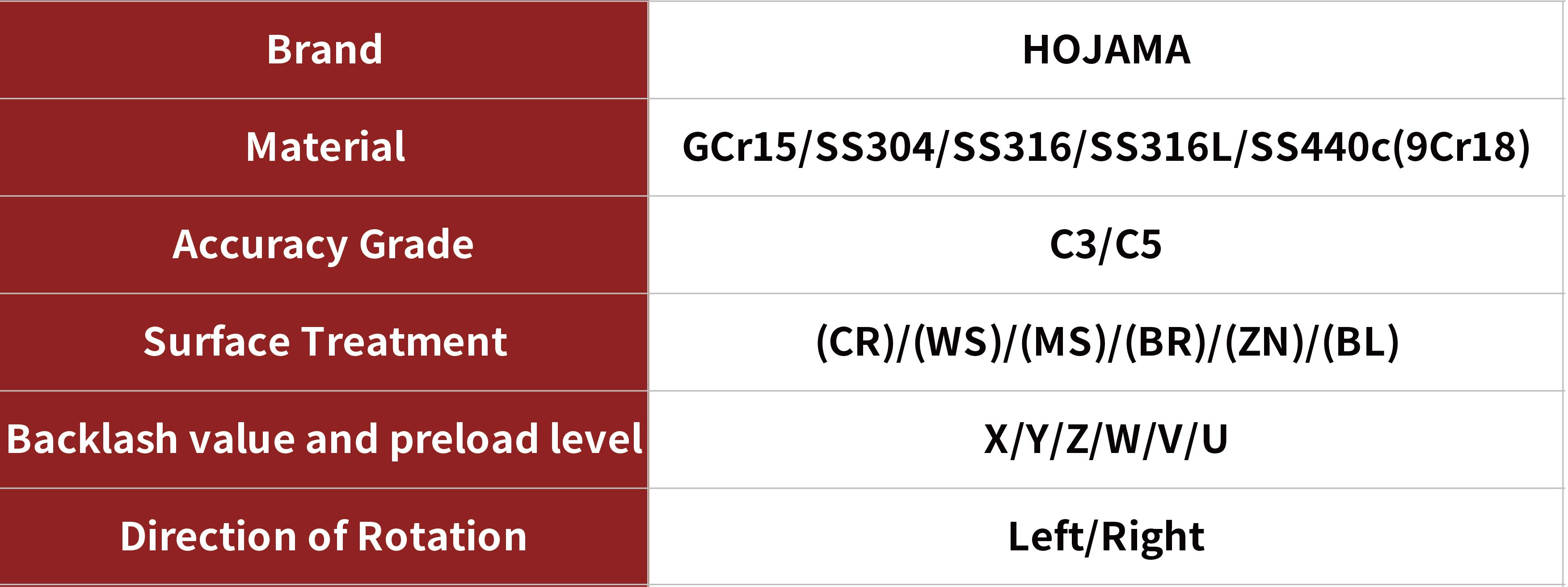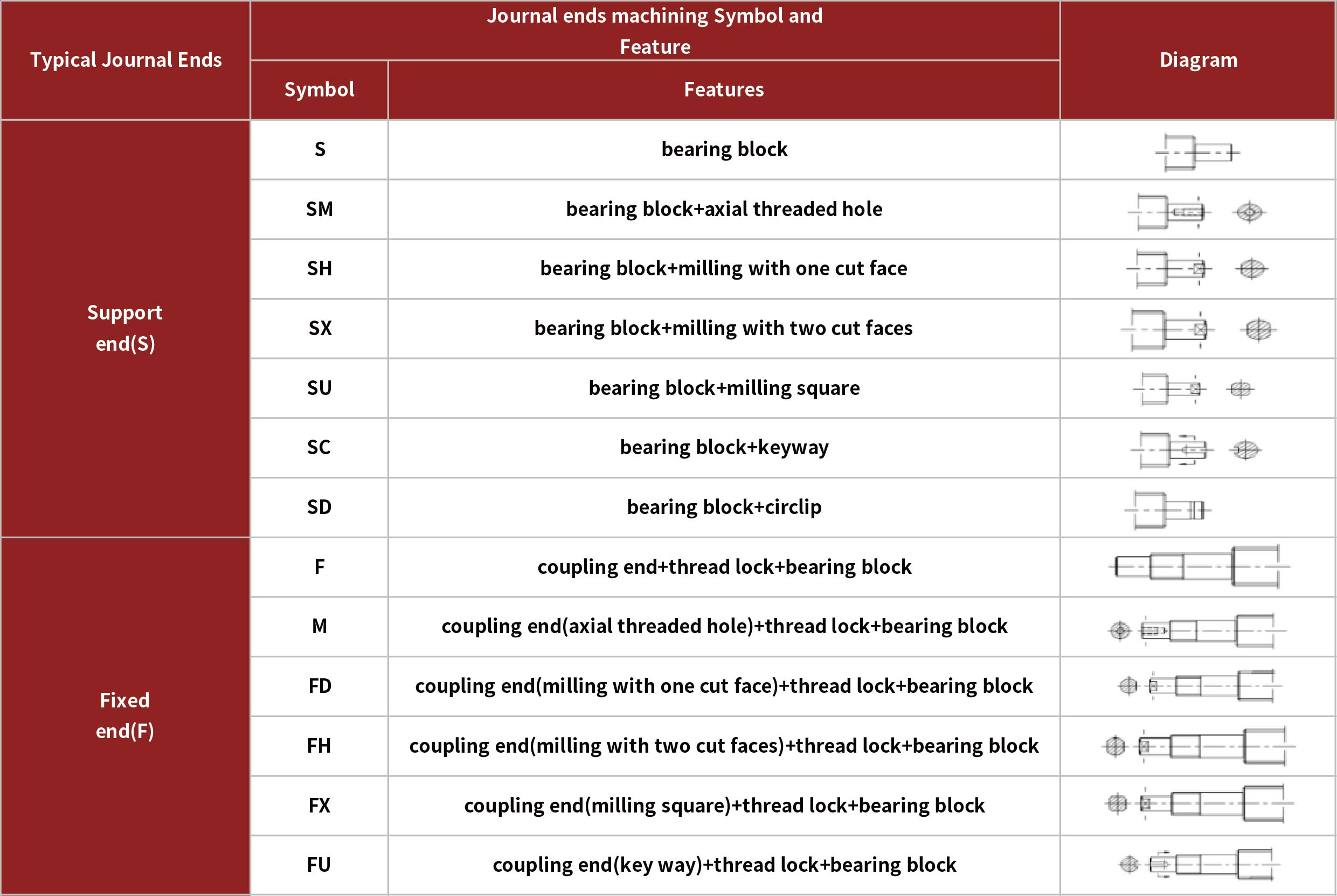1. Number of Ball Circuits
This parameter is generally marked after the lead in the model, such as 4010-4, where the "-4" indicates the number of ball circuits.
2. Preload
Also known as pre-tensioning. For preload, a higher grade means a tighter fit between the nut and the screw, while a lower grade means a looser fit. The principle to follow is: select a higher preload grade for large diameters, double nuts, high precision, and larger driving torques; otherwise, select a lower grade.
3. Lead
Also known as pitch, which is the linear movement distance of the nut when the screw rotates one full turn. The lead is related to the linear speed: when the input rotation speed is constant, a larger lead results in a faster speed.
4. Ball Diameter
This parameter refers to the diameter of the rolling elements. It is not reflected in the model but is marked in the technical parameter tables of each manufacturer. It is generally related to the nominal diameter and lead.
5. Accuracy
Generally:
Select C7 (positioning error within ±0.05 for any 300 mm stroke) or lower for general machinery or ordinary CNC machinery.
Select above C5 (±0.018) and below C3 (±0.008) for high-precision CNC machinery.
Select above C3 for optical or inspection machinery.
6. Nominal Diameter
That is, the outer diameter of the screw. The nominal diameter is proportional to the load: the larger the diameter, the greater the load capacity.
7. Nut Type
Classified by flange type: approximately round flange, single-cut flange, double-cut flange, and non-flange types.
Classified by nut length: single nut and double nut.
8. Manufacturing Method Code
There are mainly two manufacturing methods for ball screws:
Rolling (also called roll forming or thread rolling), generally denoted by "F".
Grinding (also called precision grinding), generally denoted by "G".
Due to different processes, the achievable accuracy grades differ. Currently, the highest accuracy grade achievable by the rolling method is C5.
9. Length
There are two concepts of length:
1) Overall length.



